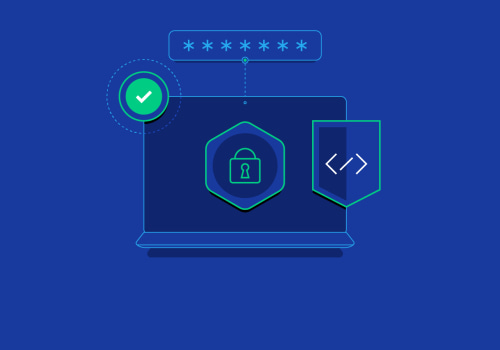Risk management is an essential part of any organization's success. In today's ever-changing and complex business environment, prioritizing risks and mitigating the potential impacts of those risks is vital to the health and longevity of an organization. Effective risk management requires an understanding of the risks that an organization faces, the potential impacts of those risks, and the strategies available to mitigate those risks. This article will explore the importance of risk prioritization and mitigation efforts and discuss strategies for effectively identifying, assessing, and mitigating risks.
Risk prioritization involves identifying the most significant threats to an organization. This process considers both the likelihood of a particular risk occurring as well as its potential impact on the organization. It is important to understand that risks cannot always be prevented, but they can be managed through mitigation efforts. Mitigation efforts are actions taken to reduce or eliminate the impact of a particular risk.
Risk mitigation strategies may include policies, procedures, or other measures designed to reduce or eliminate the possibility of a particular risk occurring. This article will provide an overview of the risk assessment process and discuss best practices for successfully identifying, assessing, and mitigating potential risks. It will also provide an overview of HIPAA security risk analysis, a process used by many organizations to ensure that their risks are properly managed. Finally, it will discuss strategies for successfully evaluating and implementing mitigation efforts. The first step in risk assessment is to identify potential risks.
This can be done by analyzing the current environment, as well as any changes that have taken place recently. Once potential risks are identified, they should be prioritized based on the level of impact they may have on the organization. For example, a risk with a high likelihood of occurrence, or one with a significant financial or reputational impact, should be given higher priority than one with a lower likelihood of occurrence or lesser consequences. Once risks have been identified and prioritized, mitigation efforts should be implemented to reduce or eliminate them.
These efforts can include implementing new policies and procedures, training staff, conducting regular security audits and reviews, and investing in new technologies. Additionally, organizations should consider investing in cyber insurance to help protect against financial losses due to cyber attacks. When implementing mitigation efforts, organizations should keep in mind that security measures should be tailored to their specific needs and budget. Additionally, it is important to ensure that all staff members are aware of their roles and responsibilities when it comes to security.
Lastly, organizations should regularly review their mitigation efforts to ensure they remain effective.
Identifying and Prioritizing Risks
Identifying and prioritizing potential risks is an essential step in the HIPAA security risk analysis process. Risk assessment helps organizations identify and assess risks that could potentially harm their operations and assets. By understanding where risks lie, organizations can better plan for and mitigate them. Prioritizing risks involves evaluating the likelihood of a risk occurring and its potential impact. This helps organizations determine which risks should take priority when mitigating.For example, organizations may prioritize a risk with a high likelihood of occurrence and significant potential impact over one with a low likelihood of occurrence but significant potential impact. Risk prioritization can be based on a variety of factors, including the type of asset or operation at risk, the level of risk tolerance of the organization, and the available resources to mitigate the risk. Organizations should also consider the cost of implementing security controls and developing an effective response plan against each risk. Once risks have been identified and prioritized, organizations can begin developing effective mitigation strategies that can help reduce or eliminate the risk. Mitigation efforts may include implementing or updating security controls, conducting additional risk assessments, implementing employee training programs, and other activities.
Mitigation Efforts
Mitigation EffortsRisk assessment is an important part of the HIPAA security risk analysis process, and involves identifying and prioritizing potential risks. Mitigation efforts are then used to reduce or eliminate these risks.In this article, we will explore different strategies for mitigating identified risks. Implementing new policies and procedures is an effective way to reduce the potential of risks. Policies should be comprehensive, clear, and easily understood by all staff. Training staff on the new policies and procedures is also important, as it ensures that everyone is aware of the expectations and can act accordingly. Regular security audits and reviews can also help to identify and address any potential risks. Audits should be conducted on a regular basis to ensure that any vulnerabilities are identified and addressed in a timely manner.
Security reviews should also be conducted to assess the effectiveness of existing security measures. Investing in new technologies can also help to mitigate risks. Technologies such as encryption, authentication, and data loss prevention can help to protect data from unauthorized access and keep it safe from malicious attacks. By implementing these mitigation efforts, organizations can reduce the risk of a breach or other security incident. Risk assessment is essential for ensuring that organizations are properly prepared for any potential risks. Risk assessment is an essential component of the HIPAA security risk analysis process. By identifying and prioritizing potential risks, organizations can take proactive steps to reduce or eliminate them.
Mitigation strategies such as developing new policies and procedures, training staff, conducting regular security audits and reviews, and investing in new technologies can help protect against potential threats.








Leave Message